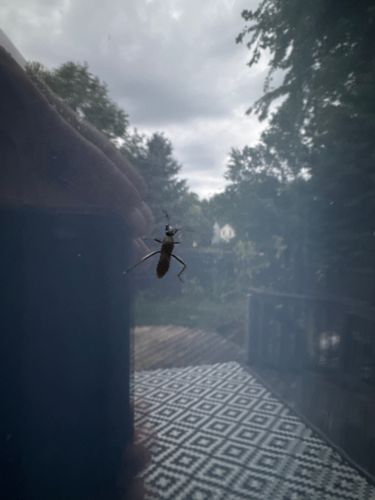Longhorn beetle
Scientific Name: Cerambycidae (family)
Order & Family: Order: Coleoptera, Family: Cerambycidae
Size: Typically 1 to 5 cm (0.4 to 2 inches) in length, though some species can be larger.

Natural Habitat
Forests, woodlands, gardens, and areas with dead or dying trees. Larvae bore into wood.
Diet & Feeding
Adults typically feed on pollen, nectar, tree sap, or leaves. Larvae (grubs) are wood-borers, feeding on the wood of various trees, both living and dead.
Behavior Patterns
Adults are often attracted to lights at night and can be found on vegetation during the day. Females lay eggs in bark crevices. Larvae bore tunnels within wood, which can take several years to develop. They undergo complete metamorphosis.
Risks & Benefits
Risks: Larvae can cause significant damage to trees, timber, and wooden structures, making them pests in forestry and urban environments. Some species are invasive and can threaten native ecosystems. Benefits: They play a role in wood decomposition, recycling nutrients back into the ecosystem.
Identified on: 9/24/2025